After a solid ten days of DDoS’ing,
we return to our regularly scheduled programming.
Thank you for your patience.
Walking into one of only four rooms of permanent exhibitions at (Museum of Contemporary Art) MOCA in LA, straight past the the pair of sinewy Giacomettis towards the room of Rothkos,i I planted myself in front of the second one I saw. The first, the largest in the room, was too terrifying to begin this exercise in sensuality — in sensual appreciation.ii I’d been reading Mark Rothko’s memoirs from 1940-41 in anticipation of this encounter, but I still wasn’t prepared for that initial reaction – that of shock.
What was this supposedly “sensual” exercise exactly ? To sit, stand, or otherwise observe each piece therein assembled, one-by-one, jotting my reactions, thoughts, and feelings as they came to me with pen and paper. While five minutes seemed plenty before I walked in the door at MOCA, I soon realised that I would need ten and sometimes even fifteen to digest what I could.
Here are my notes :
No. 9 (Dark over Light Earth/Violet and Yellow in Rose), 1954
- Dark violet more optimistic than the light. Bits of lighter pink (future) poking through
- Yellow is emptiness
- Ignorance is bliss
- Fleshy pink
- Where is the tragic emotionality ? Where the anti-elitism ?
- Why No. 9 first ?
No. 61 (Rust and Blue), 1953
- It’s huge, I’m small
- Size matters
- Scale matters
- No frame
- Where’s my sensitivity ?
- Burgundy like a GS dialiii
- Streaks & scrapes, intentional ?iv
- Power is magnified when I imagine the piece in my own house
- The ocean, the flows
Black on Dark Sienna on Purple, 1960
- I’m not ready, I thought I was
- I want to be alone with this one, no security [guards], no other visitors
- It’s so big
- Will it eat me ? Consume me ?
- It’s 1000 generations of Judaism, pride, and fearv
- 10 mins plus and I don’t want to leave this one. 5 mins isn’t enough
- Like the monolith from 2001 Space Odyssey
- Velcro – I can’t be pulled away
- I need a coffee, this is exhausting
- Lost in the middle, the purple band beams like Cyclops (X-Men)
No. 301 (Reds and Violet over Red/Red and Blue over Red), 1959
- Timeless – Greek
- The world has so much detail, Rothko so little
- Red but not fiery
- Red but sad
- Security [guard] standing right next to it, in my periphery
- More strokes, fewer bands
- So sad, challenged, in turmoil, but not quite tragic, there’s pity for tragedy. There’s no pity for the artist, the artist chooses this path, but do they really ? By God the path is fraught.
- Thought I saw a sparkle then it was gone
- Espresso helped
Purple Brown, 1957
- A house, a home
- A foundation
- What’s underground matters more than what’s above ground
- It’s an iceberg even when it isn’t
- Everything is
- The abandoned Pat Heights house is a testament to thisvi
- The pain of celebrity life in LA is too.
- You can build anything on strong roots.
- I’m not worthy of having this piece in my home
- So soft
Red and Brown, 1957
- Relatively diminutive
- Chilled, throwing the poppies back onvii
- Water stained, intentionally
- No signatures but you still know
- No bigger than a man
- Forward and back
- Imperfect, spots, “errors”
- Shadow, the Shadow knows.viii
Yellow and Orange, 1949
- Littlest for last, whitest for last
- Vertical rectangle anomaly
- Grass, nature, creeping back in
- Magic Eye gaze ftw, the OG
- Double border bottom
- Most unusual piece, most unorthodox, earliest too, still searching for the language
___ ___ ___
- Why is Mark Rothko such an important figure in 20th century art ? The power and monument of his larger-than-life paintings aside, there’s a good argument to be made that he’s important for no other reason than to dispel the frequently cited and patently fallacious theory that “popular==valuable”. Hurr. You’ve all heard of Monet and Warhol, and their works obviously fetch princely sums in galleries and at auction, but far fewer have heard of “Rothko” and yet his works are every bit as sought after when the cheques are signed. How could that be when the overwhelming majority of people who even just see photographs of Rothko’s work think it fit only for a kindergarten classroom’s Wall Of Shame, and scarcely more who see them in person think that his iconic colour field paintings are even worth stopping to admire much less reflect upon, and yet the world’s billionaires ironically can’t get enough of Mark Rothko, today as during his lifetime.
The irony of his commercial success is that Rothko despised the wealthy. In 1958, Mark Rothko was commissioned to paint a series of murals by Phyllis Lambert, then overseeing the construction of the Mies-designed Seagram Building in Manhattan for her father Samuel Bronfman (a building that would go on to serve as the template for the TD Centre in Toronto ). Although the tortured artist originally accepted the commission, after spending almost two years on the paintings, his anti-elitism got the better of him and he returned the commission money in full, keeping the murals for his own collection.
Rothko took a break from the Seagram murals in June 1959 and traveled to Europe with his family. Upon his return to the United States, he went to eat at the completed Four Seasons with his wife, Mell. Jackson Pollock’s Blue Poles (1952) hung on the wall as a stand-in for Rothko’s soon-to-be-completed commission. For a man who once proclaimed it was “criminal to spend more than $5 on a meal,” it comes as no surprise that he found the experience off-putting. What is shocking was the level of his distaste. That night, he called a friend and informed them that he would be returning every cent of the commission and reclaiming his paintings. “Anybody who will eat that kind of food for those kind of prices will never look at a painting of mine,” he seethed to a studio assistant. The canvases went into storage; years later, after a series of lengthy negotiations with the Tate, he donated a number of them to the museum. They still hang there today.
- The whole trip to LA was “a guy weekend” (me, traveling solo) in search of greater sensuality. After 15 years of fairly single-minded pursuit of rationality and reason, I’m now reinvesting in, and rediscovering in myself, the other half of the universe : the dare I call it “feminine,” or perhaps “intuitive.”
I “chose” the urban sprawlopolis that is Los Angeles to be my muse, but really circumstances just aligned and I said “yes” to opportunity. It could’ve just as well been Boston or Chicago, but LA got lucky this time. And I think I did too.
The blank canvas that is Los Angelian architecture provided no rejoinder (save of course The Getty Centre designed by Richard Meier* and to a much lesser degree The Broad (inexplicably pronounced “The Brode” by locals) designed by Diller Scofidio + Renfro**), but what was contained within those otherwise blank, humourless, and cheaply assembled walls was alive with texture, curiousity, and a surprising degree of personal warmth. People in LA are friendly!
Materially, aside from the Rothkos, the undeniable highlight of intra-walled excitement was on Santa Monica Blvd just across the street from 2023 US Open-hosting Los Angeles Country Club : the boutique for Maison Martin Margiela, which opened a portal into another universe for me, one in which the avant-garde is forever the catch of the day, but more on Margiela in an upcoming post…
___ ___* The Getty Centre
- Grand Seiko SBGK002, specifically ↩
- By the artist, that is. Or from wanton viewers/owners since 1953 ? ↩
- Mark Rothko was born Markus Yakovlevich Rothkowitz to Jewish parents in Dvinsk, Russia (now Daugavpils, Latvia) in 1903. And “1000 generations” was really more like 200-300 but you get my drift. ↩
- Referring to a new house that was being built not far from mine but on the side of a hill where the foundation started to crack mid-build and the owner abandoned the project, so there it rots. ↩
- Which poppies ? My poppies hoodie that I was wearing that day, which is very similar to the anorak from the same collection. ↩
- Who knows what evil lurks in the hearts of men ? ↩

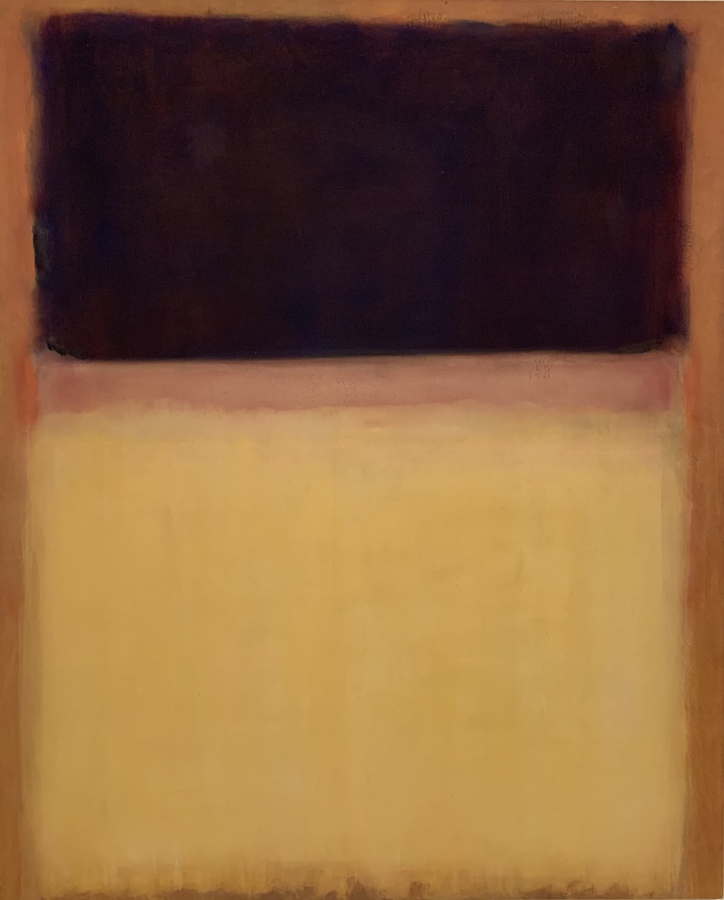
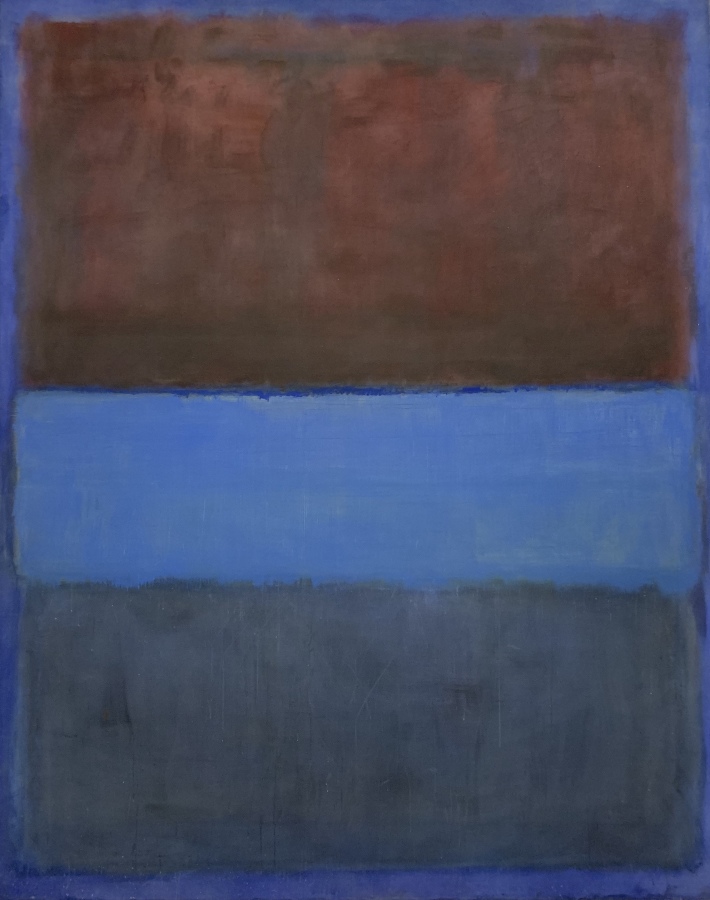

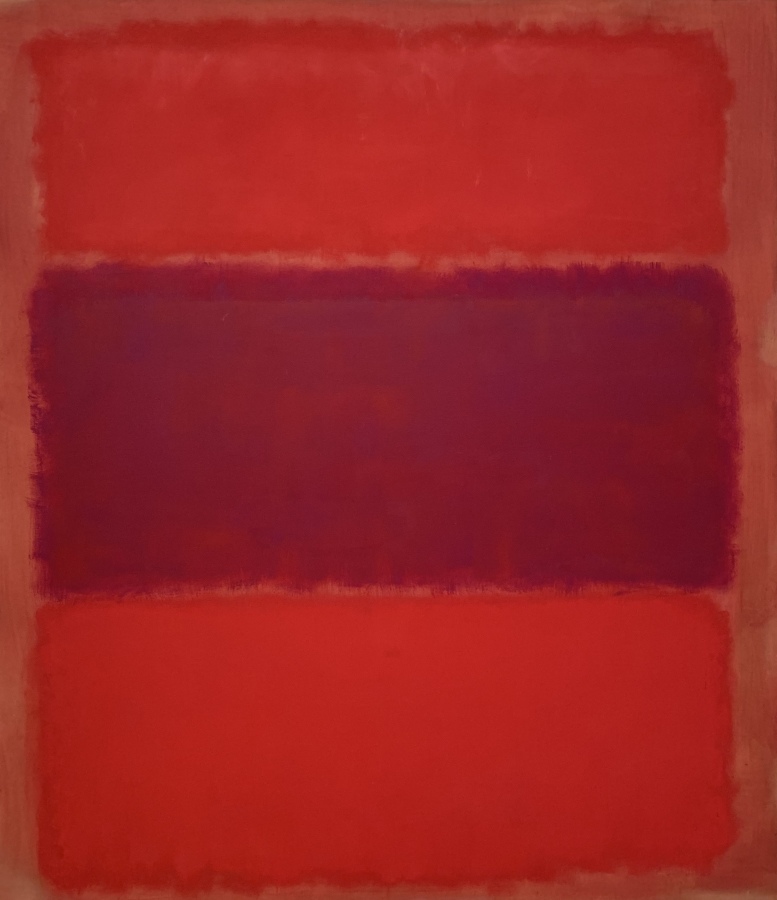


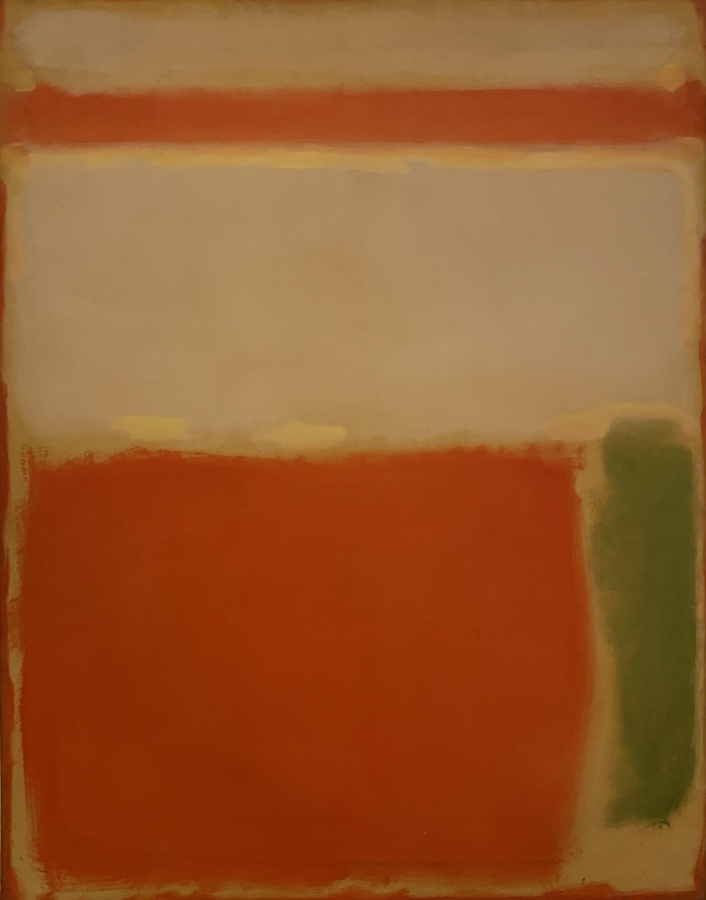
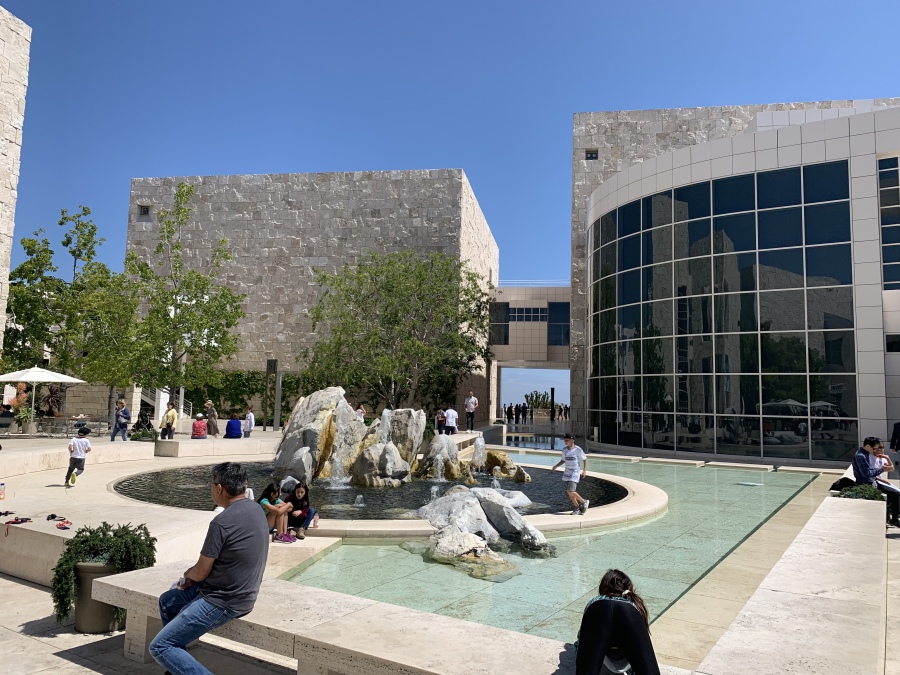
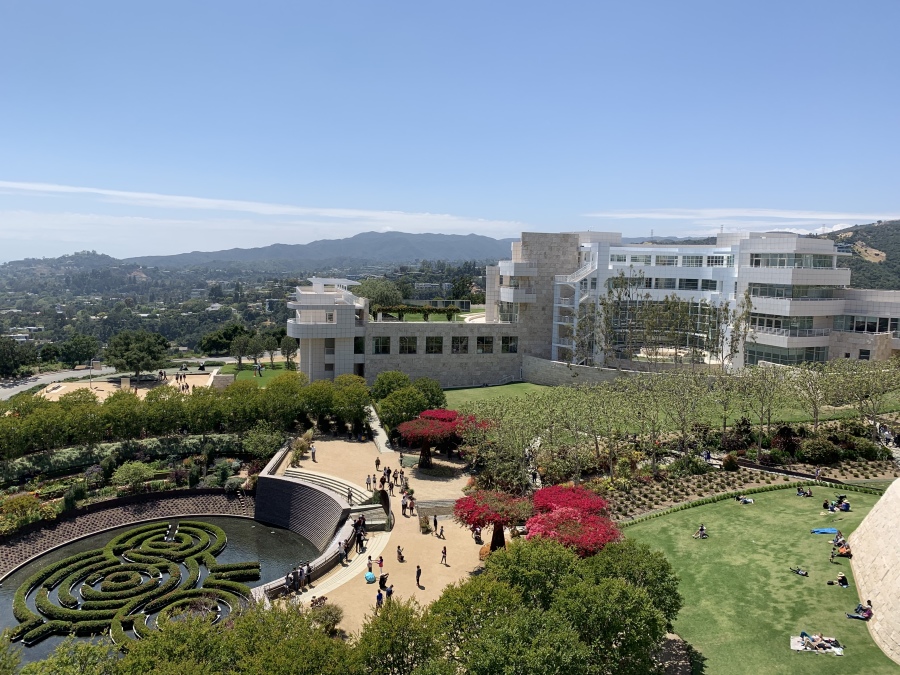
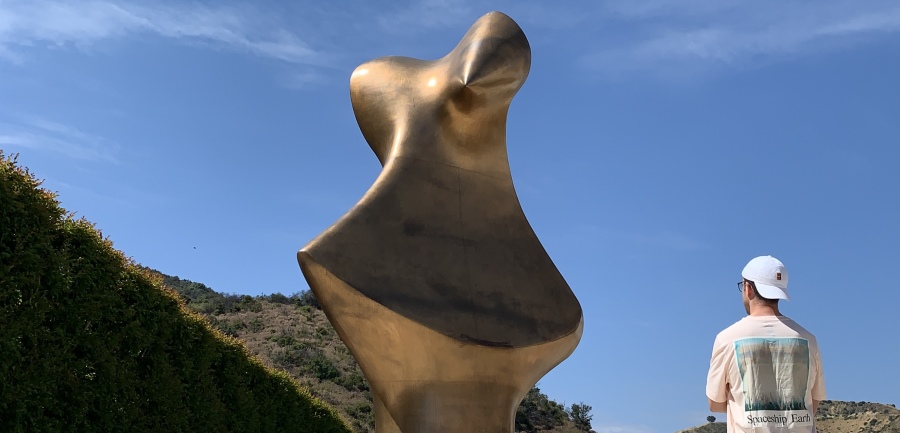
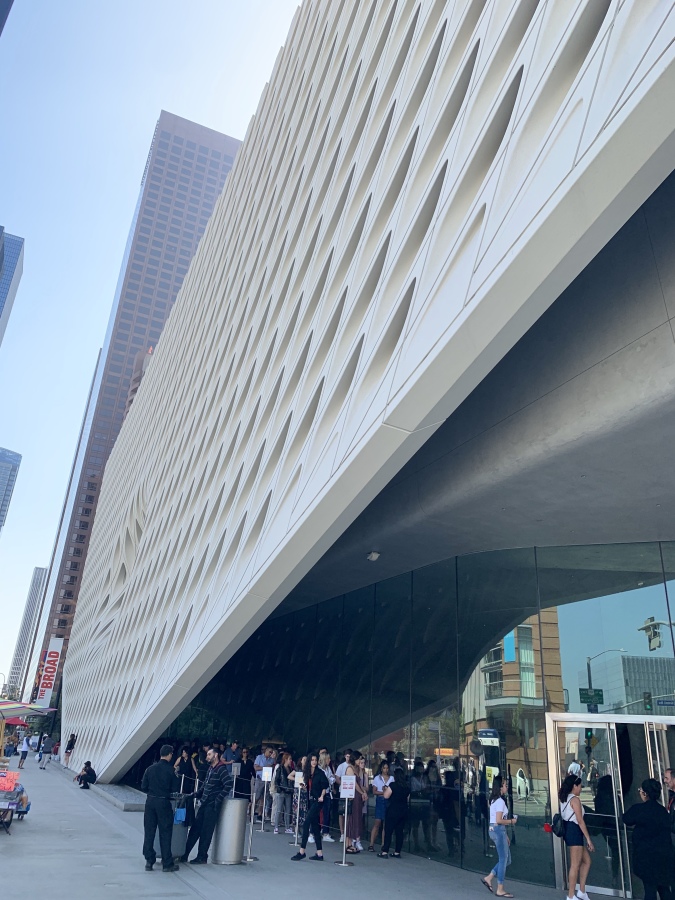
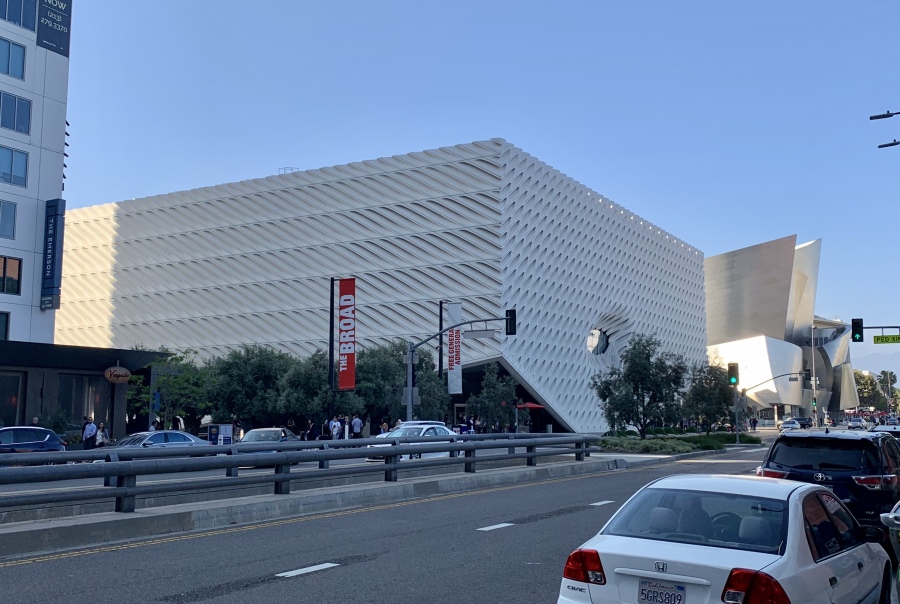
[…] we mostly remember the late great Mr. Morgan as a “robber baron.” Contrariwise, Messrs. Getty, Broad, Rubell, Glenstone,vi have clearly absorbed Mr. G’s finer points of legacy and […]
[…] in the mystical sense of the term! So I’m very much looking forward to checking out the new Rothko exhibit at Fondation Louis Vuitton in Paris in a few weeks. It’s been 5 years since I last […]
[…] iconic “classic” style of work (as your humble author previously meditated upon at LA MOCA in 2019), which the artist completed during the final two decades of his life.iv Much of this style of work […]